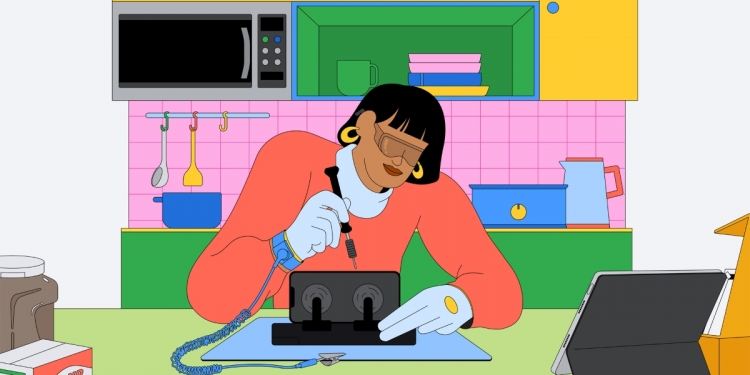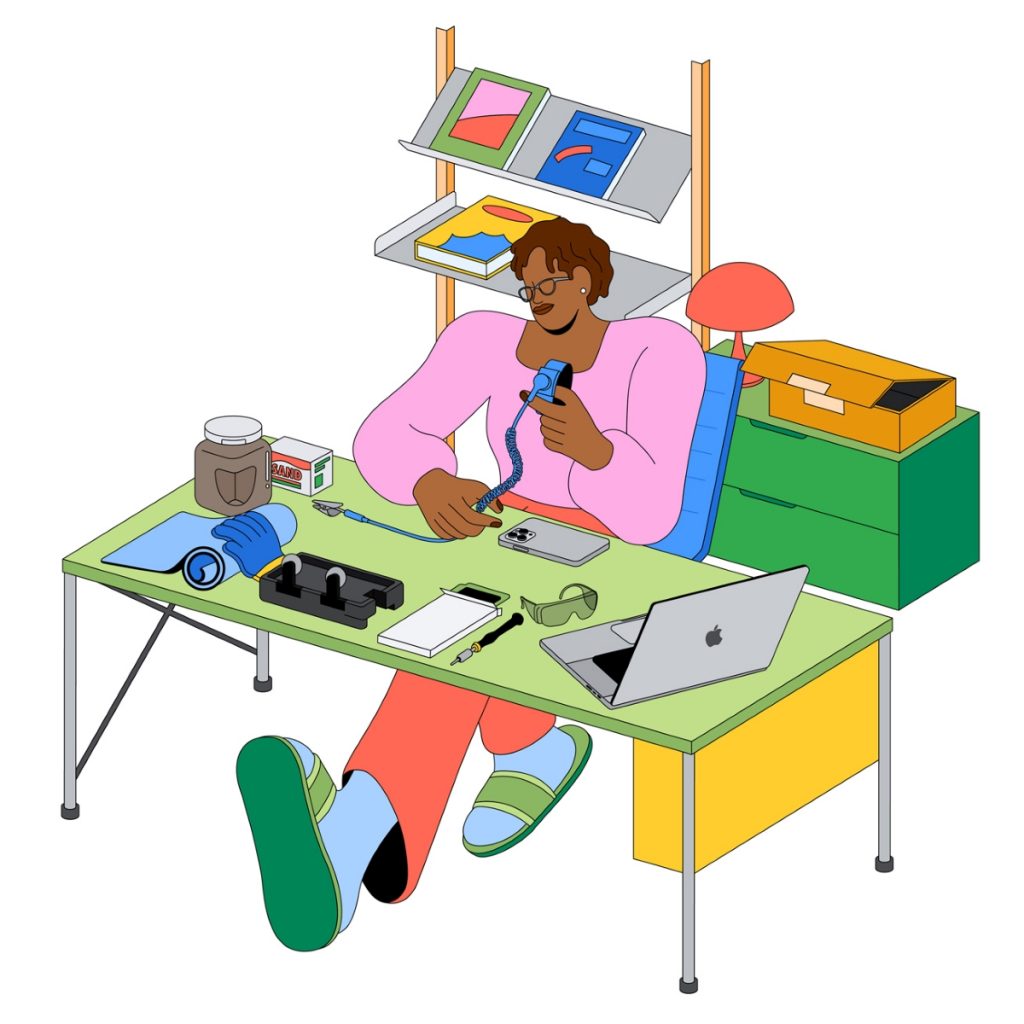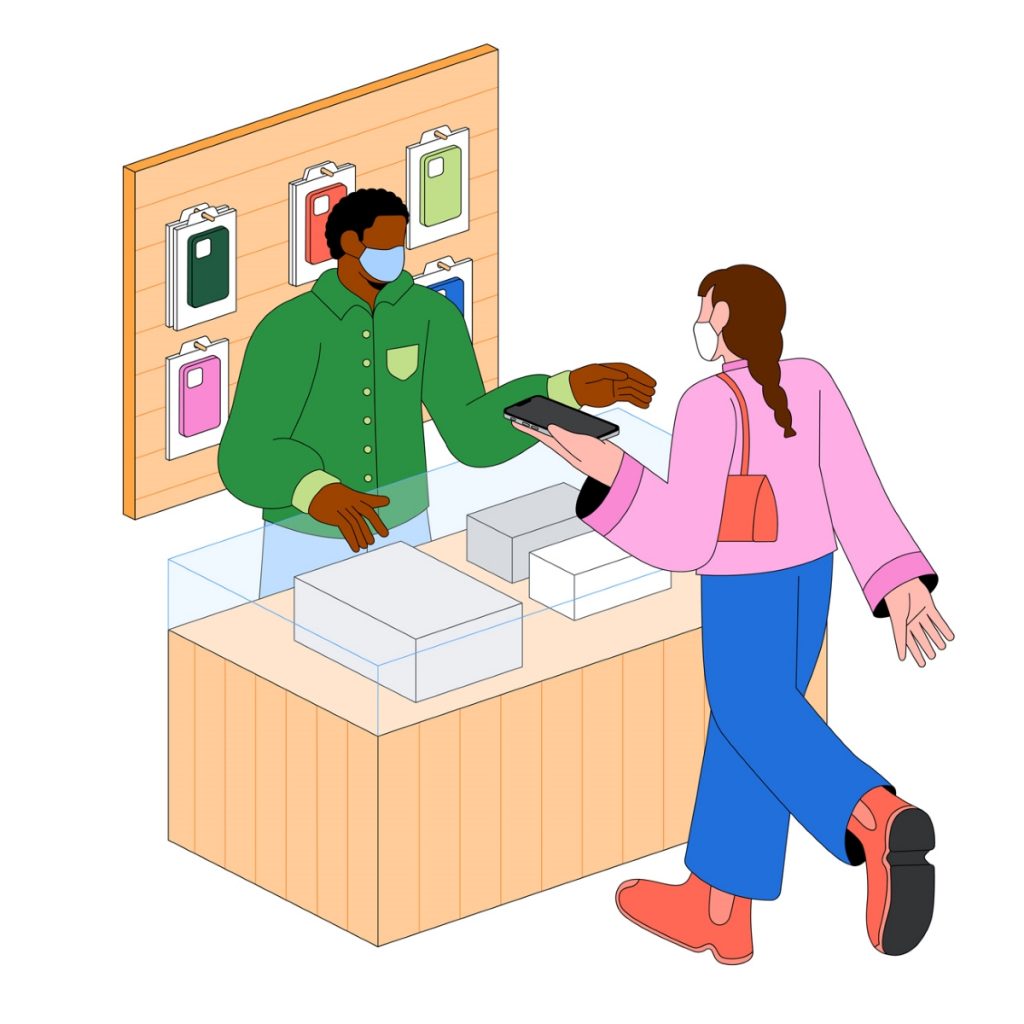In the long fight for the consumers’ right to repair, Apple has historically been public enemy number one; they were even widely chastised when they tried to discourage third party repairs on the new iPhone 13 by disabling Face ID if it detected a swapped screen. Which is why then it was a big surprise to many when Apple dropped a new press release detailing that they’ll be allowing, and supporting individual consumers to repair their own smartphones, starting with the iPhone 12 and iPhone 13 lineups, with plans to also include the M1-powered devices soon.
The Apple Self Service Repair plan will start early next year in the US, and will expand to other countries in the months that follow. How it works is that Cupertino will essentially sell the necessary parts needed to repair your iPhone. The first part of program will focus predominantly on the display, battery and camera, which make up the bulk of parts that need to be serviced and fixed, with other parts available later. There will also be repair manuals for you to peruse before deciding if you want to do it yourself.
It should be noted though that this isn’t a free service. Apple will be opening up a new Apple Self Service Repair Online Store, which is where you can buy genuine Apple parts and tools. You can also return the broken used part for recycling to Apple, who will then provide you with store credit towards your purchase. A total of 200 individual parts and tools will go on sale on the new store, allowing for the fixing of the most common repairs done to the iPhone 12 and iPhone 13 lineup. Crucially though, by buying these parts and making the repairs yourself, it won’t void your warranty—assuming you did it correctly of course.
So far, the industry reaction to Apple’s move seems to be a positive one. iFixit for instance, the biggest name in DIY repairs and one of the faces of the right to repair movement, seemed happy with the move, but is also cautious of what this could lead to. They pointed out that the new self repair scheme is actually still Apple selling you more stuff, just that this time it’s also to help you fix your iPhone. iFixit is also worried that this could lead to Apple locking down parts through serialisation, meaning that Apple could end up refusing to fix iPhones with third-party parts in it.
There’s also some worry about the pricing of these parts. Because Apple’s Self Service Repair scheme is similar to the Independent Repair Provider (IRP) program that they have for small repair shops, it could mean that components are not competitively priced against third-party parts, something these IRP members have complained about before. For example, an IRP member can expect to pay USD270 for a new iPhone 12 screen, or USD235 if they send back the broken screen too.
We never thought we’d see the day: Apple will offer parts, tools, and software to DIY fixers starting next year. There are some catches, but we’re thrilled to see Apple admit what we’ve always known: Everyone’s enough of a Genius to fix an iPhone: https://t.co/LmvIYVZWat pic.twitter.com/ewt4s40L6N
— iFixit (@iFixit) November 17, 2021
Nevertheless, this is still a huge step forward for not just Apple and the right to repair movement, but the industry as a general. By making it somewhat easier to repair your iPhone rather than outright replacing it, this could lead to less e-waste. Combined with Apple’s own legendary software support, users could be using the same iPhones for years to come. But I guess it leads to the question: is it really the same iPhone you bought if you’ve replaced everything about it?
[ SOURCE ]










